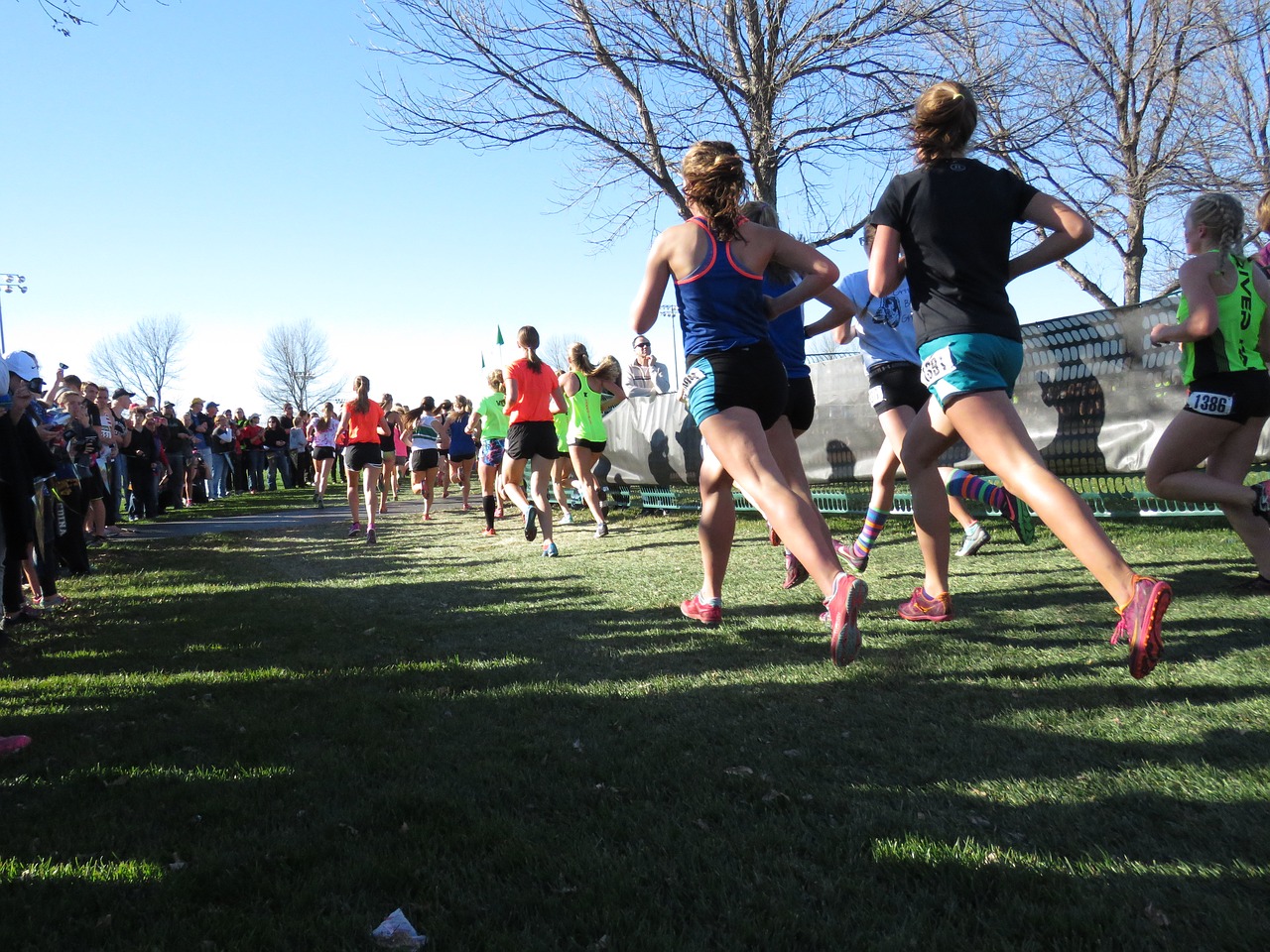One of the things I’ve most noticed about attending high school is the persistence of media and the unavoidability of the digital world. This is felt most acutely on weeknights where students are scarce found outside but rather chained to their laptops, tabs opening and spreading across the screen virally.
I was given two damning clinical diagnoses as a child: Severe ADHD and OCD (obsessive compulsive disorder). Both things were impossible to ignore but somehow having them legitimized by medical language grew their looming shadow on my life. My behavior in the classroom was punctuated by restless movement and occasional outbursts and this soon worsened when coupled with obsessive compulsions.
I was forced to order my life around these crippling conditions, washing my hands over twenty times per day, entirely losing focus after ten minutes, becoming anxious to the point of depression. Throughout middle and high school it felt like lifting a physical weight every time I had to concentrate on a homework assignment that didn’t interest me.
Even when my competitive drive kicked in and I determined to excel in high school, my obsessive habits persisted. Now instead of washing my hands, I was checking my grades close to fifty times a day and losing hours of sleep over imperfect test scores. My obsession with doing well began to encroach on my happiness and the other areas of my personal growth (maturity, self-searching, amiability) became stagnant.
At about this time, I joined my school’s cross country team. I had always had a lackluster relationship with physical activity, typically preferring to exercise my mind rather than my body. One of the common exercises we did in practice was what my coach called thresholds. After stretching, we would strap on our heart-rate monitors and race around our field, each time gaining increments of speed. At first, the painfully fast clip just inflamed the anxiety of the day, but soon I learned to value the liberating feeling of consistent growth.
I was used to the double-threat of internal and external chaos at home. I would work in random energy spikes, easily diverging from what I needed to do at the slightest distraction. My room was topsy-turvy, textbooks lay on the floor and disordered papers littered my desk. But running thresholds was different. After tuning into my body, I found my mind gradually quieting.
There weren’t any screens or dinging phones to turn me from my course, I was alone in the field and my senses overtook me. The fresh scent of cut grass, the methodical tightening and loosening of my muscles as they adjusted to my pace, the cool feeling in my chest as I exhaled into the Fall air. These were things which were numbed by hours in front of a computer.
After my first lap I picked up speed, and with the third, I was moving at a strong, steady, pace. The barriers which had once seemed pressing now faded behind me.
Gradually, I began to shift this mindset to the classroom. I would work persistently, metering my time and attention and spending them with care. Surprisingly, the process was not overly complex, contrarily, it was innate. The simple and profound insistence on doing things step by step felt basic to the core of my being. No longer were my activities sequestered between the mind and body, they functioned seamlessly. I found success, my obsessions weakened and I gained a broader perspective which spanned beyond the insulation of my own churning mind.
The lessons I learned from thresholds have carved a figurative course for me as well as I head towards college. Though there are still times when the pervasive stress of application deadlines consumes me—I remind myself of the vitality of running.
When the cool half-light of dusk fills the streets, with no particular destination in mind, I head out onto the sidewalk and set my course steady and clear. The windfall of red maple leaves scatter the streets as Autumn claims its hold on the city and again the feeling washes over me—I feel completely liberated.


